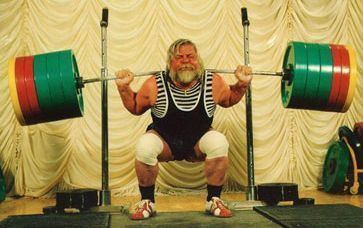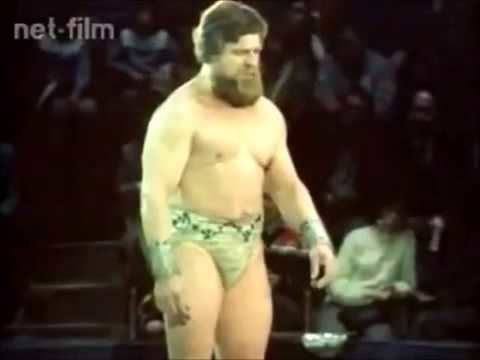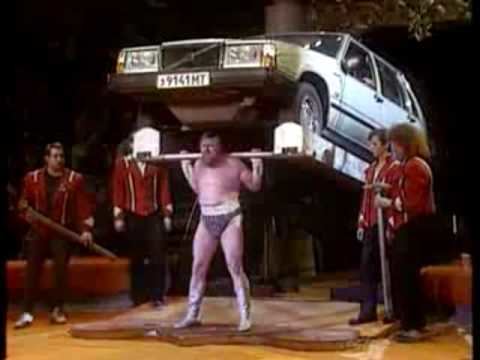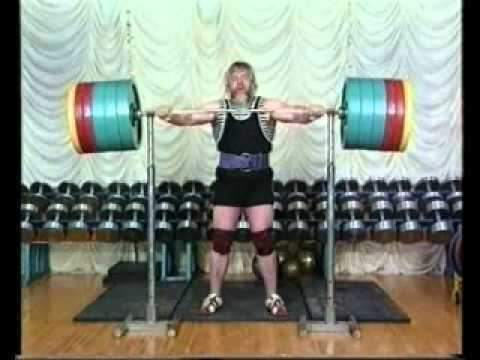Spouse Zhanna Dikul | Parents Аna Dikul, Ivanas Dikulis | |
 | ||
Children Valentin Dikul, Anna Dikul Similar Mikhail Koklyaev, Sergey Bubnovsky, Yury Vlasov, Ivan Poddubny | ||
Valentin Ivanovich Dikul (Russian: Валентин Иванович Дикуль; born April 3, 1948, Kaunas, Lithuanian SSR, Soviet Union) is a circus artist, head of the Russian medical and rehabilitation center of the musculoskeletal system diseases. People's Artist of Russia (1999).
Contents
Biography

Born in Kaunas prematurely, weighing just over one kilogram. His father Ivan G. (1920-1950) was shot dead by bandits, when he was 30 years old, and his mother Anna Korneevna (1925-1952), died at age 27, when Valentin was still in kindergarten. He was raised by his grandparents until he was seven years old. At the age of seven he began living in orphanages, first in Vilnius, then - in Kaunas. At nine years old, he became interested in the circus, and helped putting up the circus tent, cleaning the arena, looking after the animals, sweeping, washing the floors.

At fourteen he began working as a motorcycle repairman. He also engaged in gymnastics, wrestling, weight lifting, balancing acts, acrobatics, juggling, stunts and invented tricks. He contacted the circus circle in Kaunas.
Injury

In 1962, when Valentin was almost fifteen, he starred in his first act of air gymnastics at the Sports Palace. The act was performed at an altitude of 13 meters. During one such performance, a steel support cross beam suddenly broke, and Valentin fell from 13 meters. He spent a week in intensive care at the City Hospital, and was then transferred to the neurosurgery department of the hospital. His final diagnosis was a compression fracture of the lumbar spine and traumatic brain injury, with many local fractures.
Recovery

Dikul began to train. Lifted objects, stretched rubber bands and performed push-ups. He worked for 5–6 hours a day, but his legs did not work. Suffering from pain in the spine and fatigue, he performed strength exercises and studied the medical literature on the spine, gathering the necessary information. Doctors asked him to stop wasting time and effort, explaining that success is impossible. But he continued to exhaustion. He began to lift weights - small at first, then more and more increasing the weight, developing all the muscles of the back which he was able to. Then he had the idea that you need to move the inactive parts of the body, as if they were healthy - a full cycle. Tied a rope to his feet, passing it under the headboard, which played the role of the pulley and then pulling it and moving the feet. Then he began using counterweight loads. Friends helped him build a system of weights and pulleys around his bed designed by Dikul. Eight months later he was discharged from the hospital with the first group of disability.

A series of publications in the press provoked an avalanche of letters to Dikul with requests for help. In response, he would send them a package of instructions designed for medical rehabilitation. In processing a large amount of correspondence he was helped by his wife Lyudmila.
Many people confined to a wheelchair, saw it as their hope. Valentin spent three to four hours a day on advising people with disabilities.
A Russian rehabilitation center for patients with spinal injuries and with consequences of infantile cerebral paralysis was opened in 1988 - called Dikul Center.
